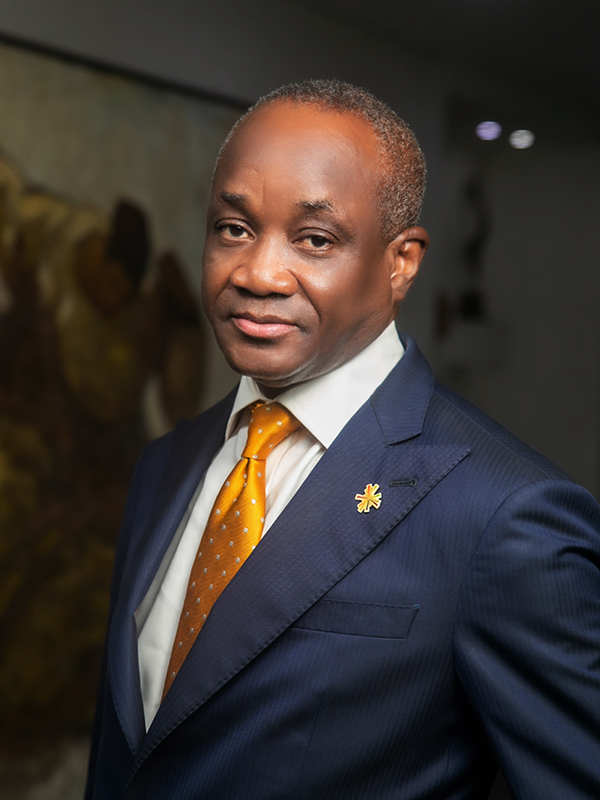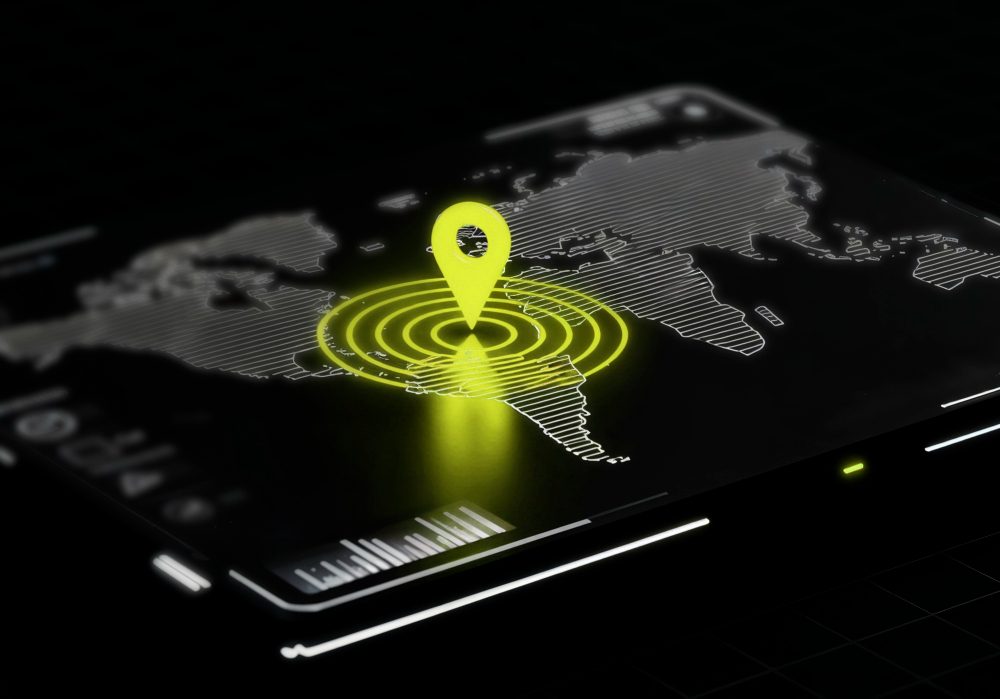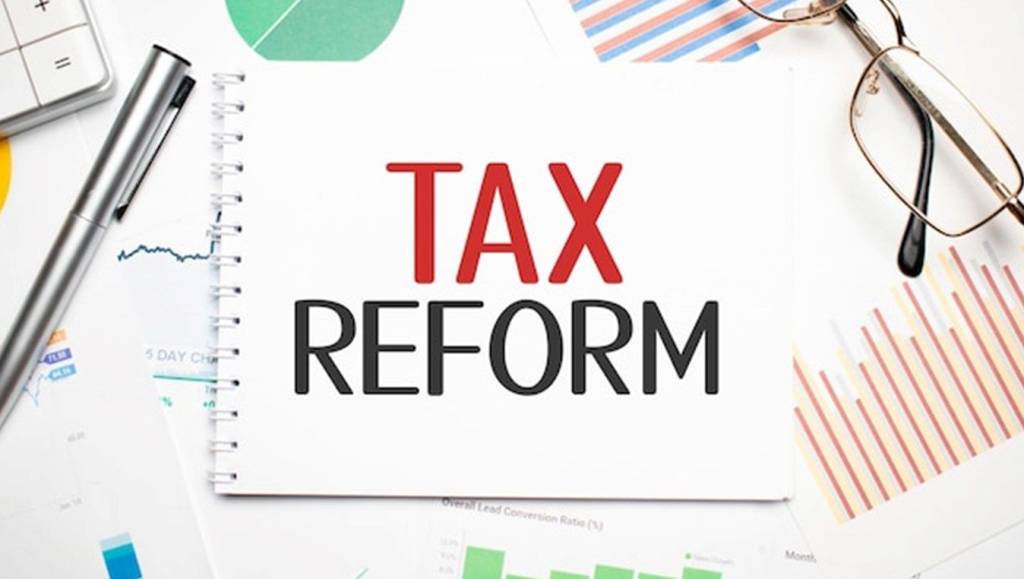In April 2021, the House of Representatives introduced the Patents and Designs (Repeal and Re-Enactment) Bill (the “PD Bill”), 2021[1] which seeks to overhaul the Patents and Designs Act 1971[2] that currently provides for the protection of Patent and Design rights, albeit inadequately.
While this is a welcome development, one cannot overlook the numerous attempts over the years to introduce new legislation that seek to better protect intellectual property rights in Nigeria. These bills have been unable to scale through the processes needed for enactment into law, and as a result we have been stuck with outdated laws that are not able to protect the new and emerging species of intellectual property law. We are thus hopeful that the 9th Assembly changes this pattern.
The PD Bill, like its other counterparts, seeks to introduce and protect aspects of Patents rights existing in other parts of the world such as the Utility Model (“UM”) certificates which would be the focus of this article.
Utility Model
Utility Models are similar to Patents in that they give monopoly rights for a limited period of time to inventors of new technical inventions that have a short commercial life, or make small improvements to, and adaptations of, existing products within the relevant geographical area. They are sometimes referred to as “small” or “lesser” patents. For example, a miniature circuit breaker[3] or a grip for a hydraulic hose[4] have been successfully registered as UMs in China and Germany respectively. These sorts of inventions typically make small improvements on existing (patented) inventions and are best protected by UM registrations.
For an invention to qualify as a UM under the PD Bill, Section 18(1) provides that the invention must be new and industrially applicable. On the other hand, a patentable invention as defined in section 3(1) of the PD Bill is one which is new, inventive, and industrially applicable.[5] From the foregoing, we can observe that the requirement of an inventive step is not applicable for inventions seeking to be registered as a UM under the PD Bill.[6] An invention shall be said to have an inventive step where the invention is not obvious to a person skilled in that field of use.[7]
Due to the less stringent requirement for an inventive step, UM’s are the perfect vehicles through which modifications, or incremental inventions on an existing invention can be protected. In practical terms, UMs are useful for SME’s and local inventors that seek to register improvements to existing inventions. In some countries, UM’s can be applied for in the same fields of technology as patents. In other countries, UM protection is only available for the shape or structure of products in specific areas of technology, such as mechanical devices and apparatus, but not for technical, chemical, and biological processes. Under the PD Bill, UM certificates can be applied for in the same fields of patentable subject matter, as the relevant sections do not provide any restrictions as to applicable subject matter or required documents.
Another difference that exists between the UM and Patents is the validity period. Generally, the owner of a UM obtains the exclusive right to prevent third parties from commercially exploiting their invention for a limited period, usually between 6 to 10 years from the filing date depending on the country, while patents tend to have a life cycle of 20 years. Section 18(4) of the PD Bill provides that the UM certificate shall expire at the end of the 7th year from the date of filing without the possibility of a renewal.
Just like patents, renewal fees are typically due annually to ensure the UM remains in force. However, in some countries, renewal fees are paid every few years or not at all, until the end of its limited life cycle. Under the PD Bill, 2021, it is not quite clear what will be applicable in Nigeria. Section 18 (5) provides that
“with the exception of subsection (3), section 12(1) does not apply in the case of utility model certificates”.
The provisions of section 12 are reproduced below;
(1) subject to subsection (2), a Patent Application shall expire twenty years after the filing date of the application for patent;
(2) in order to maintain the patent or patent application, an annual fee shall be paid in advance to the Registrar for each year, starting one year after the filing date of the application for grant of the patent.
(3) a period of grace of six months shall be allowed for non-payment of annual fee of the prescribed fee.
(4) where the annual fees are not paid in accordance with this section, the patent application shall be deemed to have been withdrawn or the patent shall lapse.
In view of the specific provisions in Section 18(5), one is left to wonder on the applicability of subsections (2) and (4) on UMs and whether renewal fees will be paid every year, every other year or not at all. Nonetheless, the bill is still being edited, and we hope proper clarity is given to the provision of Section 18 (5).
In conclusion, the objectives for providing UM protection are similar to those for granting patents. UMs incentivize inventors to innovate by giving them recognition for their effort and creativity as well as the possibility of exclusive commercial exploitation of their inventions for a limited period of time. Nonetheless, as with patents, the inventor is required to disclose the specifications of the invention to the public in exchange for this exclusivity.
[1] HB 1304 – Patents and Designs (Repeal and Re-Enactment) Bill, 2021
[2] Patents and Designs Act 1971 Cap 344 Laws of the Federation of Nigeria (LFN) 1990
[3] In one well-known Chinese case, Chint Group sued Schneider for infringing its utility model patent (ZL97248479.5) for a miniature circuit breaker. The court ordered Schneider to pay compensation of Rmb335 million to Chint Group (Wenzhou Intermediate People’s Court, Wen Min San Chu Zi 135(2006)). The case finally settled when Schneider paid compensation of Rmb157.5 million to Chint Group and agreed to a global settlement.
[4] The Hamburg District Court granted a preliminary injunction for the alleged literal infringement of a utility model covering a grip for a hydraulic hose (27 November 2014, 327 O 559/14, Hydraulikschlauchgriffteil, reported at GRUR RR 4.2015, Pages 137 to 140).
[5] Examples of popular patentable subject matters are; Mobile phones, memory cards, printers, aerospace engineering and military technology.
[6] Section 18 (2) PD Bill, 2021
[7] Section 3(5) PD Bill, 2021
DISCLAIMER: This article is intended to provide a general guide to the subject matter and does not by itself constitute a legal advice to readers. Specialist advice should be sought about readers’ specific
circumstances.
For further information, kindly contact our Intellectual Property and Technology Practice Group at ipgroup@banwo-ighodalo.com












